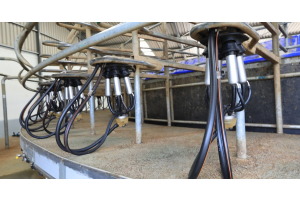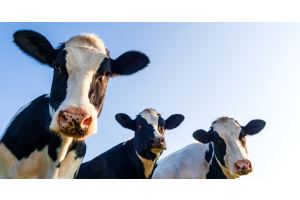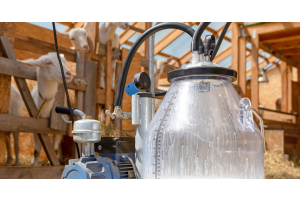Importance of Milk Cooling Tanks To Maintain Milk Quality
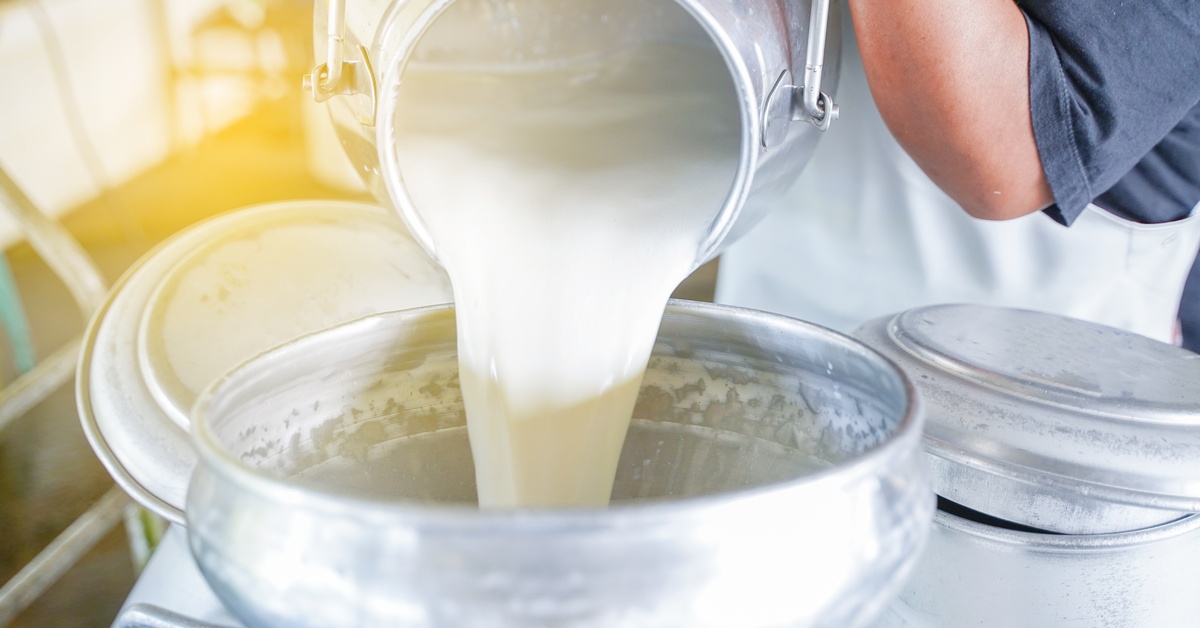
Milk is one of the world's most widely consumed and nutritionally rich beverages, but ensuring its quality from farm to table requires careful attention. One critical step in this process is proper cooling, which helps to preserve freshness and prevent bacterial growth. This is where milk cooling tanks play a vital role, quickly cooling and storing milk at optimal temperatures.
Milk quality can deteriorate rapidly without effective cooling methods, leading to spoilage and waste. In this article, we’ll take a look at the importance of milk cooling tanks, their role in maintaining product quality, and how they help deliver safe, delicious milk to consumers.
The Role of Milk Cooling Tanks
Milk cooling tanks operate on a simple yet highly effective principle to ensure milk stays fresh and safe after it's collected. Immediately following milking, farmers transfer the milk into the cooling tank, where powerful refrigeration systems rapidly lower its temperature to around 39°F (4°C). This rapid cooling is crucial because it slows down bacterial growth, which can lead to spoilage and a decline in quality if the milk stays warm for too long.
Beyond just cooling, these tanks also maintain consistent temperatures, preventing fluctuations that could compromise freshness. Cooling tanks help preserve milk's natural flavors and nutritional value by storing it in optimal conditions. This process isn’t just about taste; it’s also a critical step in meeting hygienic standards and following strict industry regulations.
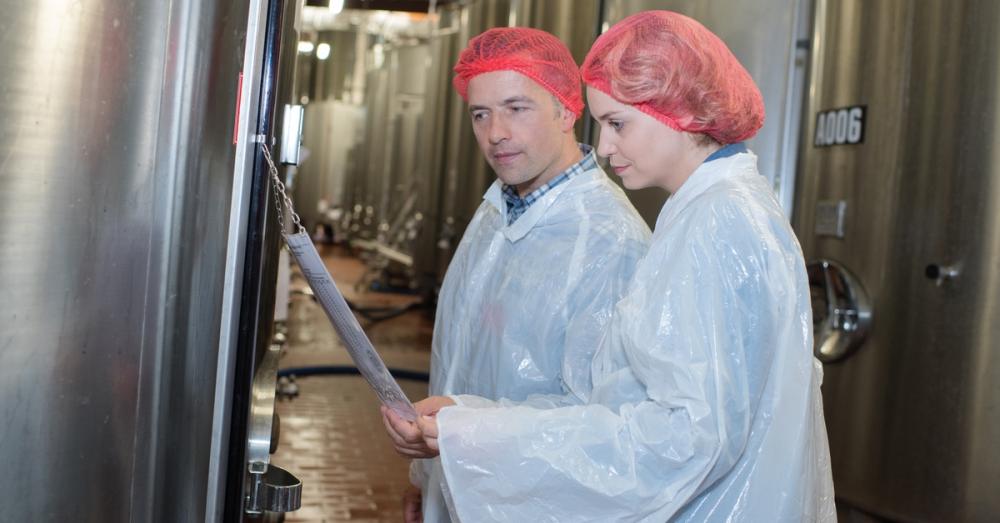
Benefits of Maintaining Milk Quality
Preservation of Freshness
Keeping milk fresh is no small feat, but it’s vital for maintaining its taste and high nutritional value. Quickly cooling milk halts the growth of bacteria, locking in that clean, creamy flavor we love. This process ensures that the milk remains as close to its natural state as possible, ready to be enjoyed by consumers in their homes.
However, beyond flavor, proper cooling also safeguards the vitamins, proteins, and minerals that make milk such a wholesome choice. It’s a simple yet powerful step that sets the foundation for quality dairy products.
Meeting Consumer Demands
Meeting the high expectations of today’s society requires a relentless commitment to quality, and milk cooling tanks play a pivotal role. Modern shoppers want fresh, great-tasting milk that’s safe and packed with nutrients, which requires the use of cooling tanks.
These machines help dairy producers deliver products that meet strict safety and quality standards, fostering consumer trust and satisfaction. By prioritizing these standards, dairy businesses can confidently cater to the needs of families, health enthusiasts, and culinary professionals alike.
Compliance With Standards
Maintaining compliance with industry standards is essential for ensuring milk meets the benchmarks for quality and safety. Milk cooling tanks help dairy producers adhere to these stringent requirements. By quickly lowering and storing milk at the appropriate temperatures, producers can meet regulatory guidelines such as those set by the Food and Drug Administration (FDA) and other global food safety organizations.
These standards ensure every dairy farm meets the same mark, guaranteeing the nutritional integrity of milk. Consumers can feel confident knowing that the dairy products they enjoy exceed these quality expectations set forth by regulatory agencies. This dedication to compliance builds trust and reassures customers that their health and satisfaction remain top priorities at every step of the production process.
Economic Benefits for Farmers
Investing in milk cooling tanks offers farmers a range of economic benefits that go beyond just compliance with regulations. By preserving the quality and freshness of milk, farmers position themselves to command higher prices for their products.
Reduced spoilage means less waste, leading to significant cost savings over time. These tanks also contribute to operational efficiency, helping farmers streamline processes and reduce labor costs. Ultimately, milk cooling tanks are not just an expense; they’re a smart investment that supports the profitability and sustainability of your farm’s products.
Types of Milk Cooling Tanks
Bulk Milk Cooling Tanks
Bulk milk cooling tanks are the workhorses of large-scale dairy operations. These tanks store high volumes of milk and ensure rapid chilling to prevent bacterial growth and preserve freshness. They are known for their durability and efficiency, making them a go-to choice for farmers with access to large storage spaces.
Vertical Milk Cooling Tanks
Are you short on storage space? Vertical milk cooling tanks are an excellent solution. Their compact, upright design saves floor space while still providing effective cooling. These tanks are ideal for farms with smaller footprints or unique layouts, seamlessly blending efficiency with practicality.
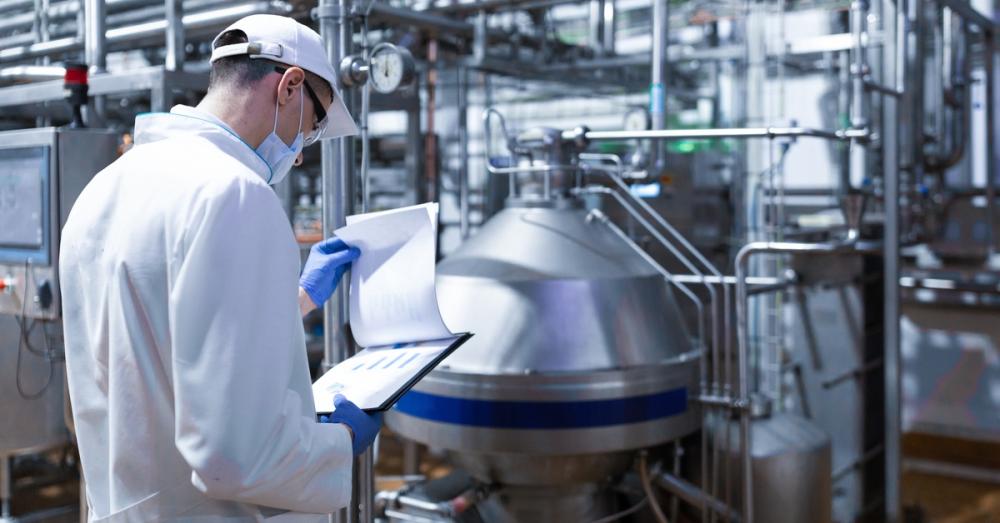
Key Considerations for Choosing a Milk Cooling Tank
Choosing the right milk cooling tank starts with accurately determining the tank capacity needed, which depends on your farm size and daily milk production rates. Selecting an appropriately sized tank ensures efficient cooling without unnecessary energy consumption or wasted storage space.
Energy efficiency is a critical consideration for cooling systems that operate continuously, impacting both operational costs and environmental footprint. Milkplan cooling tanks, available at Parts Department Online, are engineered to deliver exceptional energy efficiency and cost-effective operation. These tanks feature state-of-the-art insulation with environmentally friendly polyurethane foam, preserving milk at the desired temperature while minimizing energy consumption. Additionally, their design ensures rapid and stable cooling, further enhancing efficiency and reducing costs over time.
Prioritize ease of cleaning and durability when evaluating options. Tanks with user-friendly designs, such as rounded corners and accessible components, simplify the cleaning process to maintain hygiene standards essential for milk quality. Materials resistant to corrosion ensure long-term reliability, making the cooling tank a worthwhile investment for any dairy operation.
Milk cooling tanks play an important role in preserving quality from farm to table by ensuring that milk stays fresh, safe, and flavorful. These innovative tanks help prevent spoilage and reduce waste, making them an essential tool for farmers and consumers.
If you’re searching for the perfect cooling tank for your dairy operations, you’ve come to the right place. At Parts Department Inc., we have a comprehensive selection of bulk milk tanks and other cooling systems ready to meet the diverse needs of modern dairy farms. Browse our inventory today to find the perfect fit for your farm and give your customers fresher, better-tasting milk!







